Volunteer Researcher Rich Becker leads a presentation at the Museum on Oct. 9
It’s not every day that a volunteer with such in-depth knowledge and training as Rich Becker comes into the Museum and asks to help out. A former forensic investigator and recent St. Charles transplant, Rich is a former Chicago Police Officer who brings an impressive resume of investigative fieldwork experience into our Museum’s research team.
Recently retired from the force, Rich now has time to dedicate to one of his true passions: Civil War history. When he joined the Museum’s research team back in the spring, Rich took a look through our Civil War archive and was intrigued by a pair of photos featuring St. Charles’ Camp Kane, a Civil War training ground that existed on much of the land that is Langum Park today. Rich knew that these two photos would be key in uncovering a question that has lingered for us for quite some time here at the St. Charles History Museum, that being, what was the exact size and location of Camp Kane?
One of two photographs (this one looking south) that Rich used to pinpoint the size and location of Camp Kane.
Through several weeks of land surveys, GPS plotting, and comparison between present-day photographs and geological surveys, Rich was able to map out the exact size and scope of the Camp utilizing one photo looking north and one looking south, pinpointing the exact location in which both photographs were taken.
From there, Rich delved into the history of one of the legendary regiments that trained at that location, the 8th Illinois Cavalry. That specific regiment has been credited with firing the first shot at the Battle of Gettysburg, as well as playing a crucial role in the fight against the Confederacy during the Union’s campaigns throughout the south.
“The 8th was a hugely historical regiment,” Rich said. “They were very involved in pivotal moments of the war that affected the future of our nation.”
During his research, Rich found that over 2,400 soldiers and approximately 1,400 horses were placed on furlough in St. Charles at one point during the war. This suggested that the original suspected size of Camp Kane would have had to have been much larger in order to accommodate that many troops and their campsites, as well as to provide ample room for drills and exercises. Rich’s investigation into the Museum’s photographs proved that. On the southern end of the camp, Rich spotted and surveyed geologic and man-made structures consistent with the northern edge of Geneva, meaning that Camp Kane would have logically stretched from present-day Langum Park in St. Charles, following the edge of the riverbank along Route 25 all the way down to Geneva’s Bennett Park.
“Camp Kane was the starting point for many men who would go on to do great things," Rich said. "I look forward to following up on this research and uncovering new finds in the future.”






